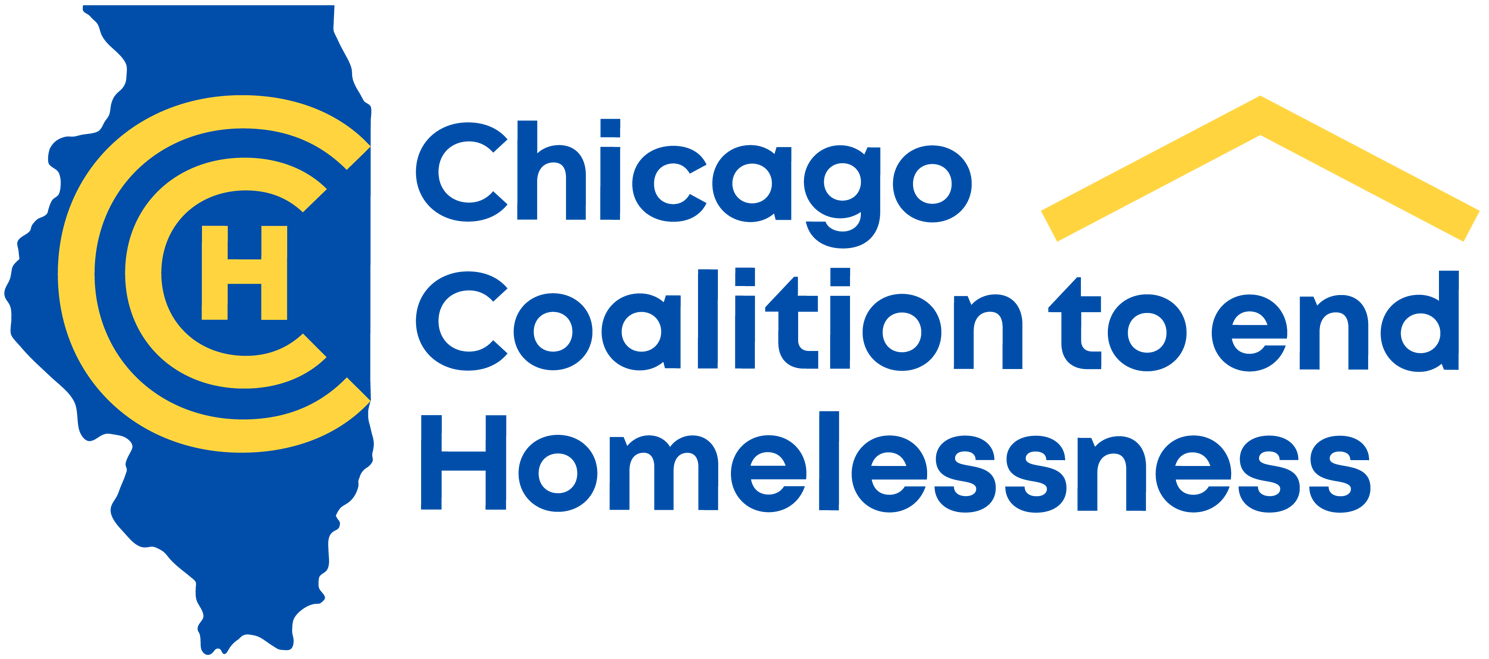
Linda, who crochets hats and other items from her tent beneath the Wilson Avenue viaduct on Lake Shore Drive, is skeptical about the cityÕs promise to find her housing. “I aint gonna hold my breath,” she said. | Mark Brown/Sun-Times
By Mark Brown
Chicago Sun-Times columnist
The city of Chicago has picked 75 chronically homeless people living in tent encampments along North Lake Shore Drive for an experiment of sorts.
For the first time, the city is proposing to rapidly find them housing, an idea that may seem elementary but is actually almost revolutionary here.
Patterned after a “housing first” model that has shown promise in other cities, Mayor Rahm Emanuel’s administration is aiming to find the 75 homeless people a place to live within 60 to 90 days.
Instead of the customary approach of requiring them to first sort out some of the personal problems that might have contributed to their homelessness, the new plan is to get them a place to call home and then provide the services necessary to help them repair their lives and stay there.
Nobody can say for certain whether this pilot program will work. But it sure beats the heck out of past efforts to harass the homeless to get them out of sight and out of mind.

Mayor Rahm Emanuel after the Chicago City Council meeting. Wednesday, March 16, 2016. Brian Jackson/ For the Sun-Times
Emanuel, who told me he’s “trying to do right” by the homeless, said he often drives by the encampments on his way home.
“You can look away, or you can see an entire community underneath the viaduct of Lake Shore Drive,” Emanuel said Friday. “I need to make sure they have a roof over their heads.”
The new city effort follows increased complaints from neighbors along the north lakefront, where longstanding homeless sleeping spots burgeoned during the relatively mild winter.
But Department of Family and Support Services Commissioner Lisa Morrison Butler, who chairs a new Mayor’s Homeless Task Force, has convinced me her primary motivation is to help.
“Being homeless in Chicago is not illegal,” Butler said she reminds those who complain.
She said specific housing units haven’t been identified, but the city has committed that none of the 75 individuals will be placed in a shelter or forced to leave the area.
Homeless people and the groups that work with them are taking a wait-and-see approach until they see how the good intentions are put into practice.
“I ain’t gonna hold my breath,” said Linda B., who didn’t want me to use her full name because “my ex-old man has a private detective looking for me.”
Linda, 61, was wearing a “Jail Rahm” button on her “Chicago Blows” T-shirt. As we talked, she donned a cap she’d crocheted with the words “Buzz Off.”
“I don’t believe nothing they say,” Linda told me Friday as a bracing northwest wind whipped under the Wilson Avenue viaduct where she has spent the last year. “I’m not from Missouri, but they gotta show me.”

Tonya Moore, 43, who has lived under the Wilson Avenue viaduct for seven months, said she thinks the city is serious about its promise to find housing for 75 people in tent encampments along Lake Shore Drive. “We’re crossing our fingers,” she said. | Mark Brown/Sun-Times
On the other side of the street, Tonya Moore took a more hopeful attitude, even as she sorted through belongings ruined by the previous night’s rain.
“We’re keeping our fingers crossed,” said Moore, 43.
I told her I thought the city was serious this time.
“I think they’re serious, too,” Moore said.
The new effort is patterned in part on the city’s well-regarded effort to end veterans’ homelessness, which involved compiling a list of homeless veterans and systematically working to get them housing.
But that initiative worked in large part because of new federal money behind it, which isn’t the case here, giving rise to some of the skepticism.

The Emanuel Administration is pledging to find housing for 75 homeless people currently living in tent encampments beneath Lake Shore Drive overpasses between Irving Park and Foster. | Mark Brown/Sun-Times
Without added resources, finding housing for the 75 people on the street could mean fewer opportunities for somebody else now staying in a homeless shelter.
City officials admit they can’t be sure that when these 75 people are housed, another 75 won’t take their place under the viaducts. I doubt it will take that long.
“The goal is not to end homelessness,” Butler said. “The goal is to house these 75 people.”
That’s refreshingly realistic.
Columnist Mark Brown is a new resident of the city’s Uptown neighborhood.






